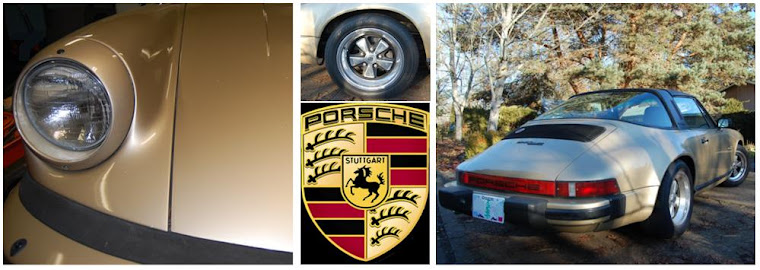Instead of an alternator to charge the 12 volt battery, there is a DC-to-DC converter which takes the 192 volts DC from the main traction pack, and steps the voltage down to 13.2 volts (exact voltage is configurable and depends on the type of 12 volt battery used). At a minimum, the DC-to-DC converter should be sized to handle the average 12 volt load of the car. During peak power draw, the battery will automatically contribute current to handle the demand, and automatically accept current to charge back up when the DC-DC converter has spare capacity. My DC-to-DC converter has enough capacity to handle peak load, but I still wanted to install a battery for redundancy. If the DC-to-DC converter should fail, I want to have enough reserve energy to get the car safely off the road with functional headlights and hazard lights. I’m using a 18 AHr sealed lead acid battery (this is the same type of battery used in computer power backup systems or UPS) and this is enough to run the 12 volt system solo for 20 minutes.
I made up some aluminum brackets to mount the auxiliary battery and DC-to-DC converter.
I also picked up a metal project box at an electronics surplus store and mounted a fuse and filter network to condition the 192 volts going into the DC-to-DC converter. It is reported that voltage ripple from the controller, switching up to 1000 amps on acceleration, can kill the input stage of the DC-to-DC converter. A diode and inductor in series on the input protects the system. The diode is mounted on a heat sink. It is probably overkill, but for an extra $1 USD at the surplus store, I figured why not.






No comments:
Post a Comment